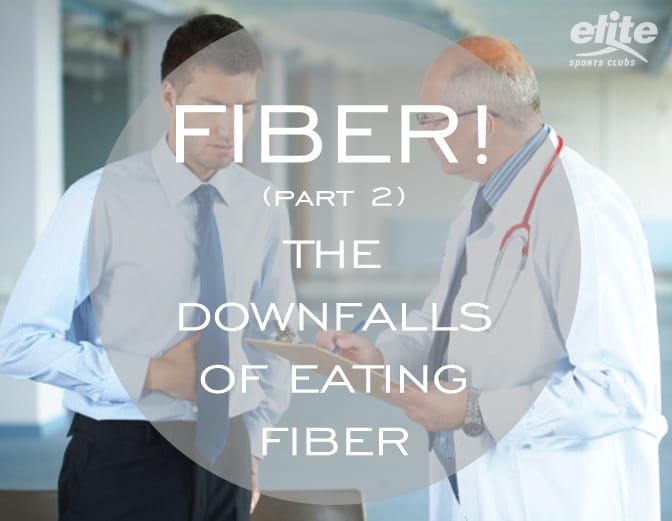
This is Part 2 in a 4-part series on the wonderful world of FIBER! (Read Part 1 here.) In recent years, fibrous foods have received praise for their health benefits. Dietitians and doctors encourage their patients to increase their fiber intake. However, eating even a moderate amount of fiber foods can have some downfalls.
Prevalence of Fiber Foods
Fiber is found in many forms today. Fresh fruits and vegetables have long held the distinction of natural sources of fiber. Fiber is also present in whole grains such as wheat and oats. For some, consuming an adequate amount of fiber presents problems, so products that make fiber into a powder form for dissolution in liquid have since been created. Presently, fiber is found everywhere from toaster pastries to yogurt.
Cautions in Fiber Consumption
With so much fiber available, people are consuming more without knowing it. Sometimes, a person’s digestive system is not equipped to handle the increase in fiber. This is true especially when the increase in fiber is rapid. Regardless, excess fiber in the diet can lead to stomach pain, intestinal cramps, bloating, gas and constipation. The latter may surprise some; however, without enough liquid in the diet, fiber can bulk up the stool to the point that waste becomes nearly impassable. In addition, the pain and cramping is often intolerable.
The Cost of Fiber Consumption
Although fiber is readily available, many of the forms are expensive. Fresh fruits and vegetables are often pricey (especially out of season), and whole grain breads and cereals can also cost more than other choices. For those who have economic concerns, eating fiber is sometimes cost-prohibitive.
Certainly, many individuals benefit from dietary fiber. However, for some, it can cause uncomfortable or painful physical symptoms. Additionally, fiber foods are often expensive and inconvenience the consumer economically. Therefore, it is advisable to weigh the costs and benefits of consuming extra fiber with your medical professional before changing your diet.
Coming up in Part 3: “The Benefits of Eating Fiber” (Stay tuned!)
Looking for more information on fiber, other nutrients, or just food in general? Follow the Nutrition category on our blog! Or talk to our Registered Dietitan!
By Rita Larsen, RD; Elite Sports Clubs Dietitian and Nutrition Counselor